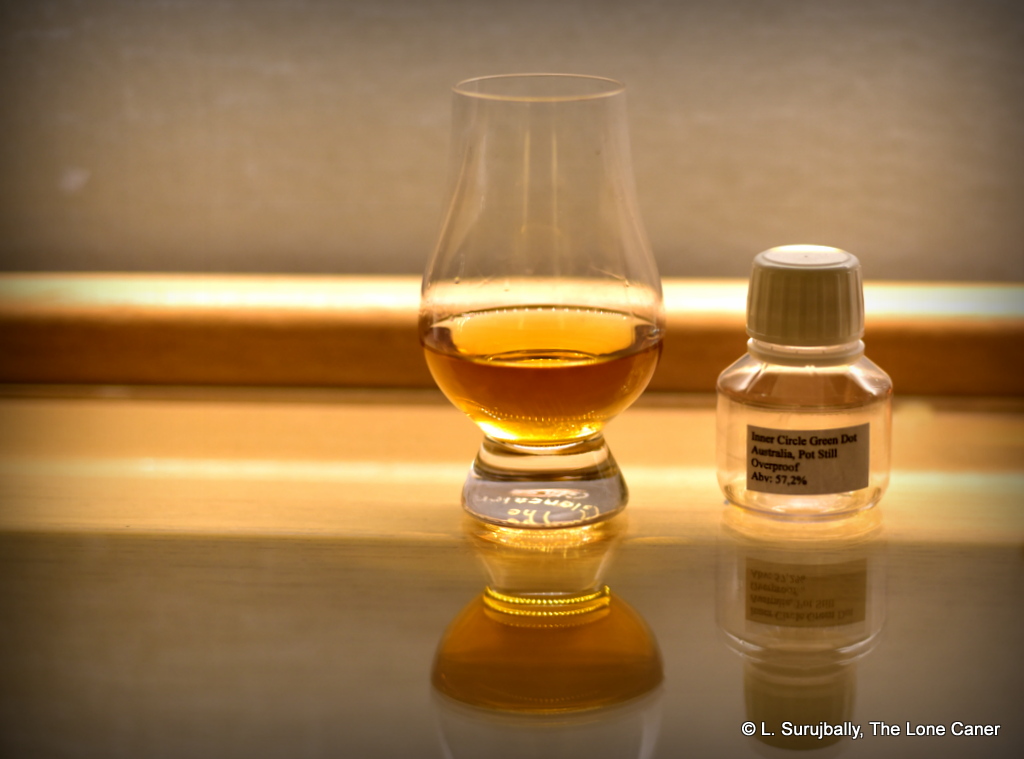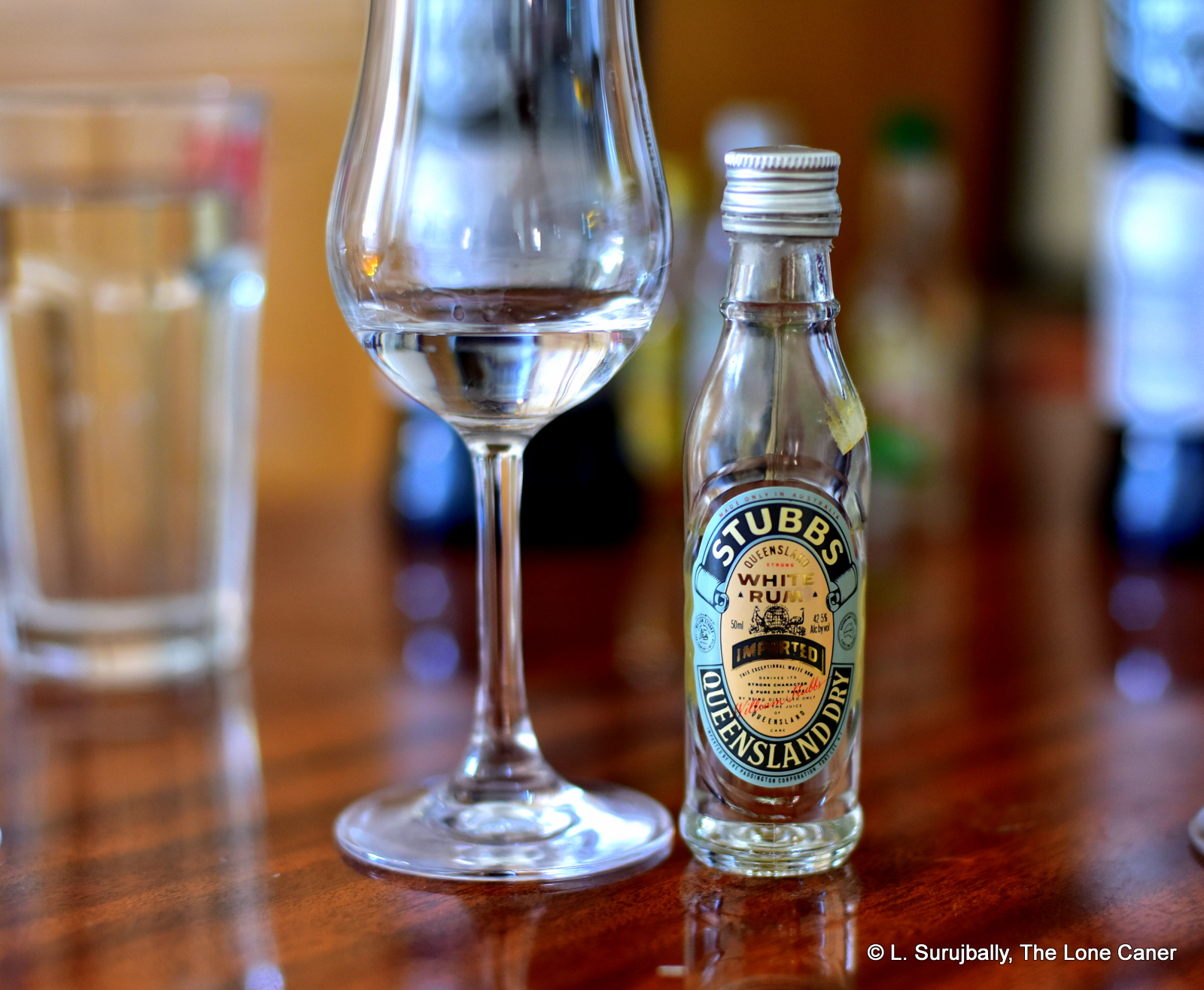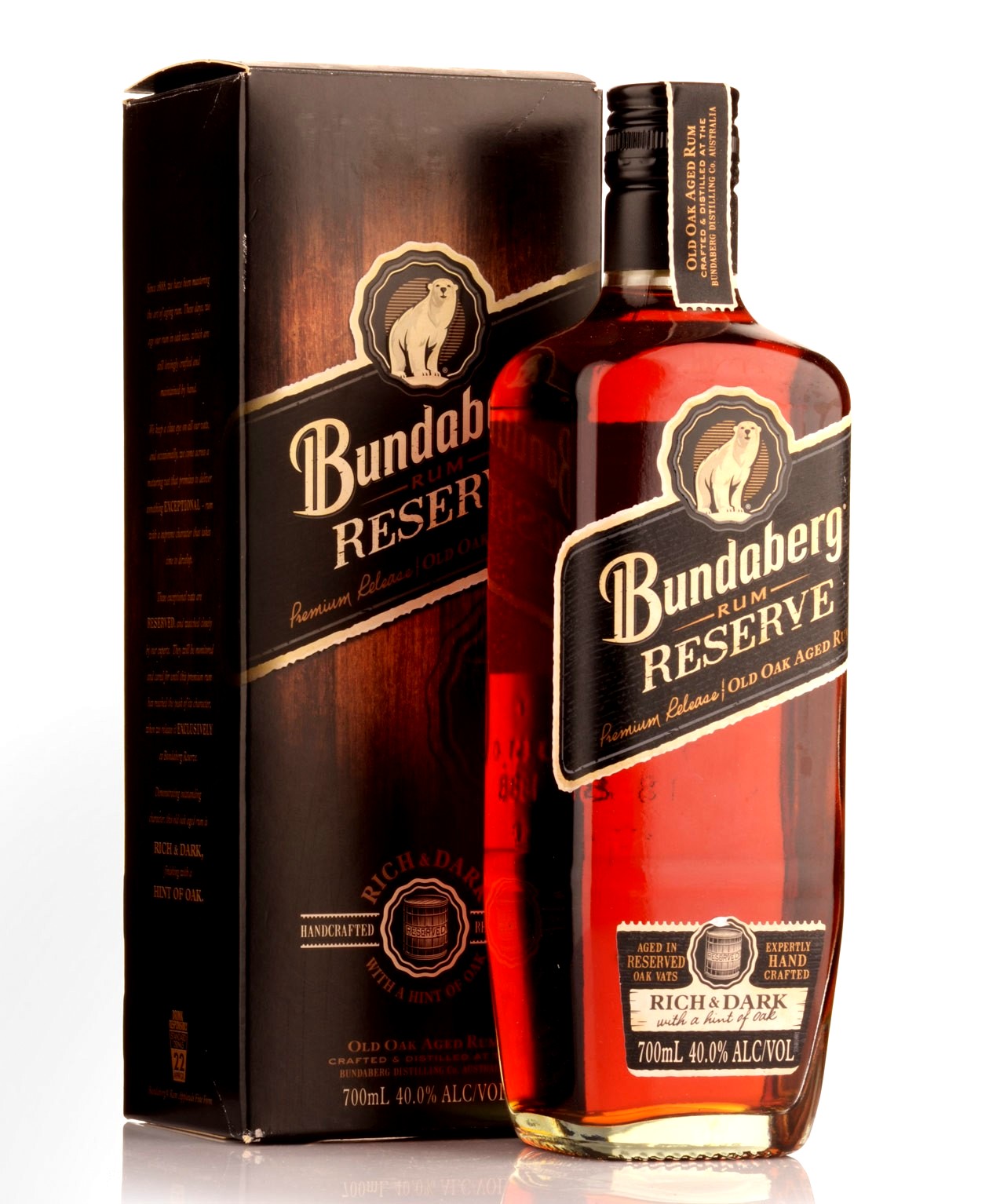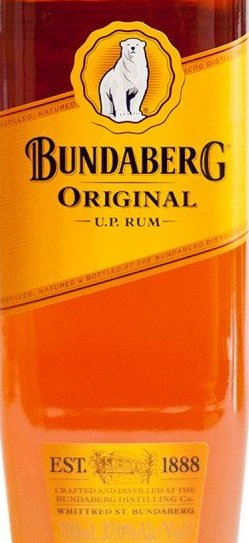Mt. Uncle Distillery is one of the older distilleries of the New Australian rum renaissance we are living through, founded more than twenty years ago, in 2001. Initially it concentrated on fruit liqueurs and spirits, which were based on ingredients conveniently found on the property and the surrounding Atherton tablelands of North Queensland where the distillery was established. Over the years Mt. Uncle branched out to produce gins, whiskies, liqueurs, vodka, and a small range of (you guessed it) rums. It is, as it likes to say, the first (and still only) distillery in northern Queensland and wears that label proudly.
As the company became better known for its gins – there are currently five different kinds – it decided to split off the rum business under its own brand, titled the FNQ Rum Company (the letters stand for Far North Queensland), perhaps in an effort to give those spirits their own distinct character — I’m surprised they would want to distance an evocative title like Mt. Uncle from their products, but never mind, that’s just me. So far they make only three rums, the Platinum (a white, not listed on their rum website), the Iridium Gold (a five year old rum) and the Iridium X (a ten year old limited edition), but the caveat is that there really is not very much detail to be had on either of the main websites, as to how these rums are made, from what and with what.
According to the Australian Advent Calendar notes on Instagram helpfully provided by Mrs and Mrs Rum, the base source of the distillate is sugar cane syrup (where in turn that came from is not mentioned, though the BBC notes it as being from a nearby sugar factory, which suggests the Tableland Mill), a fourteen day fermentation period with a commercial yeast, and finally, the resultant is aged in reconditioned ex-red-wine hogshead 1 casks with a heavy toast. Okay, but what of the still? One source makes reference to “Helga” a 1500-liter still made by the German firm of Arnold Holstein, without stating what kind it is. But since the Iridium we are looking at today won the “World’s Best Pot Still” rum award at the 2021 World Rum Awards and way down on the company FB page there’s a picture of a pot still, I guess we can stop there.
So we have a 40% pot still rum from northern Queensland, based on sugar cane syrup, no additives, no messing around, five years aged in charred barrels, living room strength. Is it any good for those seeking the Next Big Thing? It won “Best Pot Still Rum” at the 2021 World Rum Awards, so it should be a cut above, right?
Yes and no. The rum does present a really nice initial nose of crisp, light fruits — strawberries and ripe gooseberries with all the tartness this implies. For a rum with its origins in rendered cane juice, this is not a surprise – what is intriguing is that it really presents as both a crisp agricole-style rum and a funky unaged Jamaican, which, as it opens, adds in a deeper note of a young, rough-’n’-raw Versailles rum. There’s some licorice, toffee, damp sawdust and wood chips in a sawmill. A bit of honey, a pinch of cinnamon…but that was pretty much all.
The taste is also good…at the start. Salty, light, traces of cinnamon, sugar cane sap, vanilla, red grapes and fudge; this fades quickly, though and is replaced by more licorice, vanilla, light oak, and a briefest hint of flowers and light fruits, and then it just…dies. The finish is short and breathy and light, a touchy rummy – toffee, brine, grapes – and vanishes faster than the Little Caner when he hears the word “chores”.
My personal opinion is that the Iridium Gold is hampered by two issues: one, it doesn’t seem to be sure whether it wants to be an agricole-style rum, or something more normal and familiar to rum drinkers (which is to say, closer to a molasses-based profile) – it has aspects of both on both nose and palate, and doesn’t do either justice, really.
Secondly, I think there’s a lot going on in this rum that a higher strength would have showcased more seriously, so I don’t get the 40% strength which could have been jacked up to 43% or even 46% without sacrificing anything. Because I’m at a loss to understand where the flavours went, or why: it’s a pot still rum, relatively young, its trousers should have quite a bit more than just its hands in them, however raw or rambunctious. Were the cuts made at too high a strength and the congeners wiped out? Were the barrels too inactive, hence requiring that heavy charring that was spoken of? Was the rum filtered before ageing? This is where a better website and better disclosure would have helped me understand more of why the rum seemed so lacklustre and ceased to enthuse, after starting with such promise. Overall, although I really wanted to be, I’m not really that chuffed with this one.
(#897)(79/100) ⭐⭐⭐
- Mt. Uncle is clearly not willing to just produce standard stuff that everyone else does. They have expanded beyond gins and rums, and into whiskey and vodka and agave spirits (as of 2022).
- Iridium is a very hard, brittle, silvery metal akin to platinum, and second densest metal on earth (after osmium), as well as one of the rarest. Its usefulness and commercial applications stem from its high melting point and anticorrosive properties at high temperatures. It is unclear what relevance the title has to rum, even metaphorically, since it’s not rare, hard, silvery or anti-corrosive. It does have a real ‘cool factor’ based just on how it sounds, however, so maybe that’s it.
- The FNQ website is bare of most details I would expect to find in a site dedicated to two rums (even though there are actually three), and the core Mt. Uncle site didn’t have much more. In years to come, I hope they expand their background materials for the benefit of the geek squad or the simply curious.
- As with all the reviewed Australian rums from the 2021 Aussie Advent Calendar, a very special shout out and doff of the deerstalker to Mr. And Mrs. Rum, who sent me a complete set free of charge. Thanks, as always.
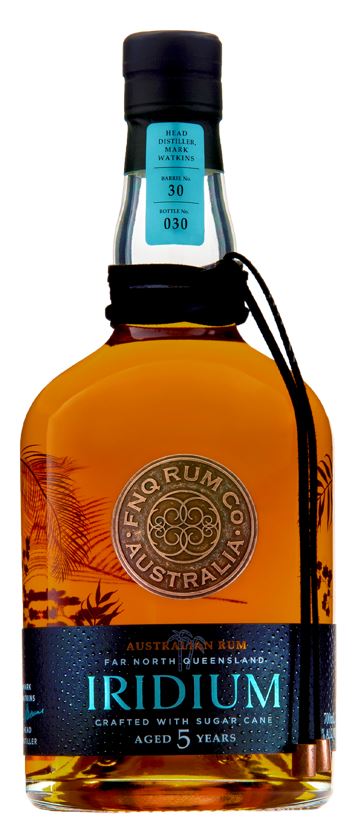

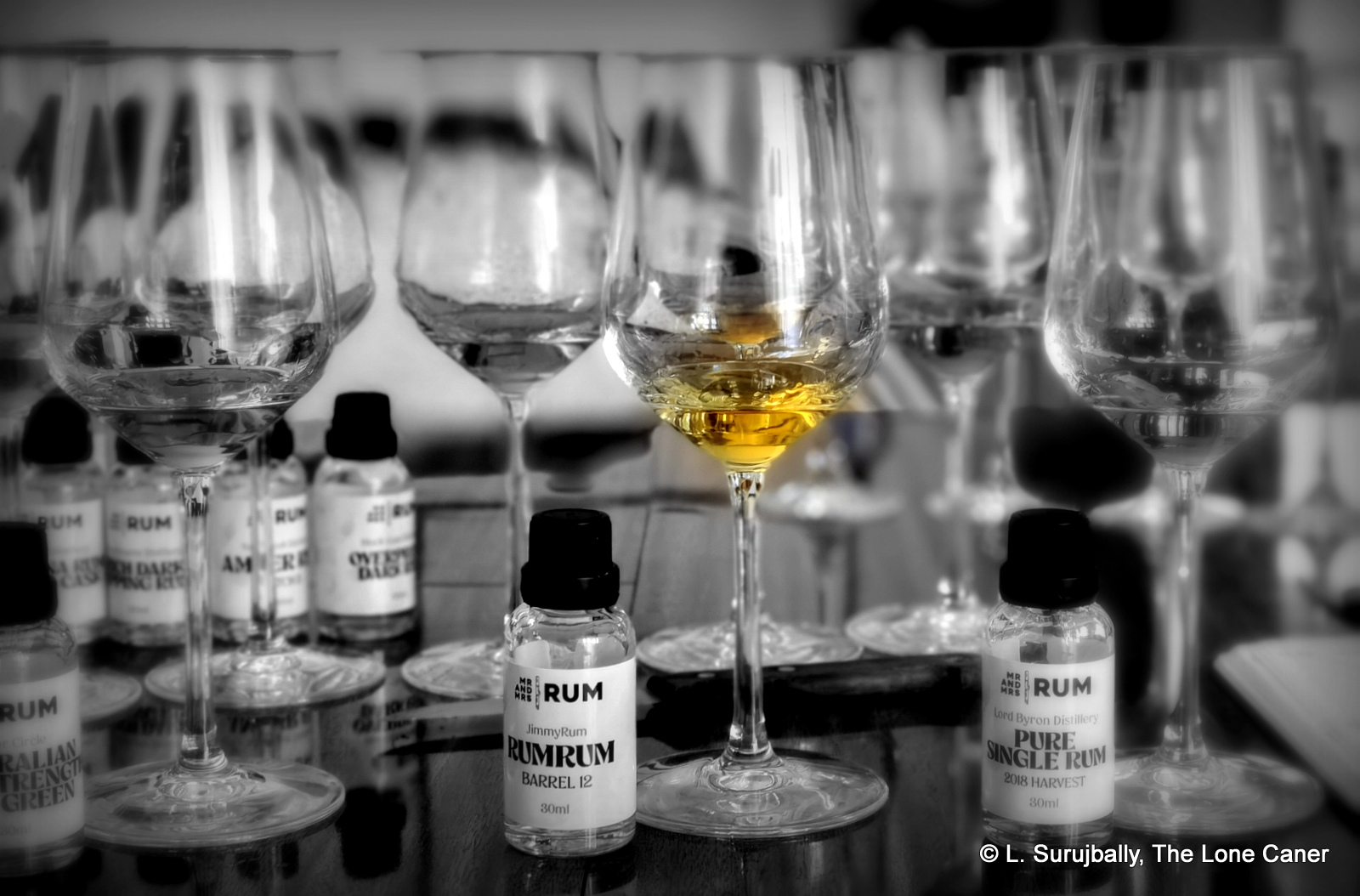
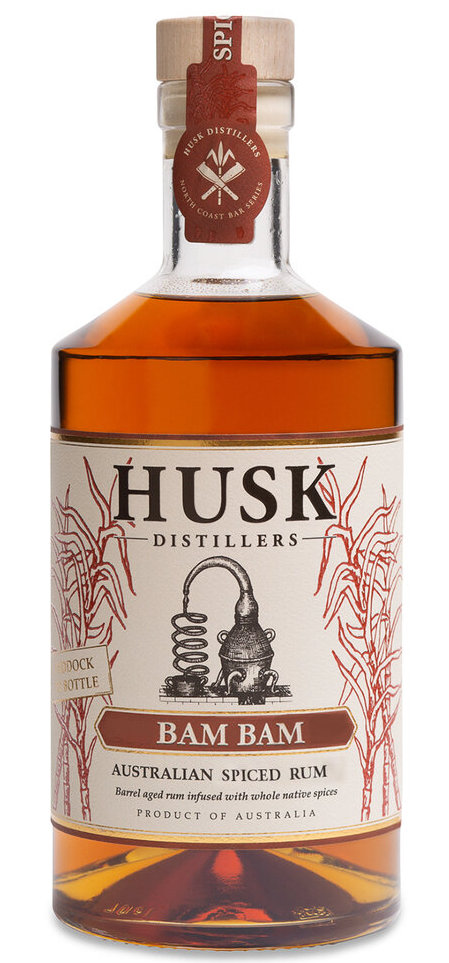
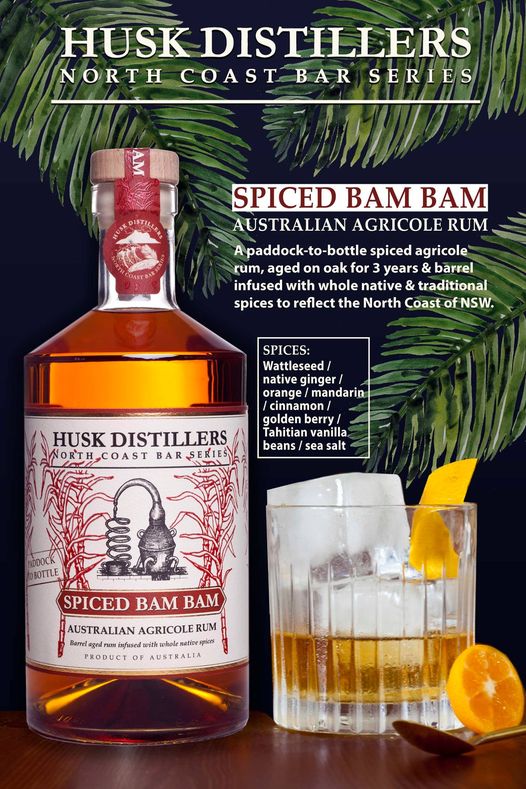

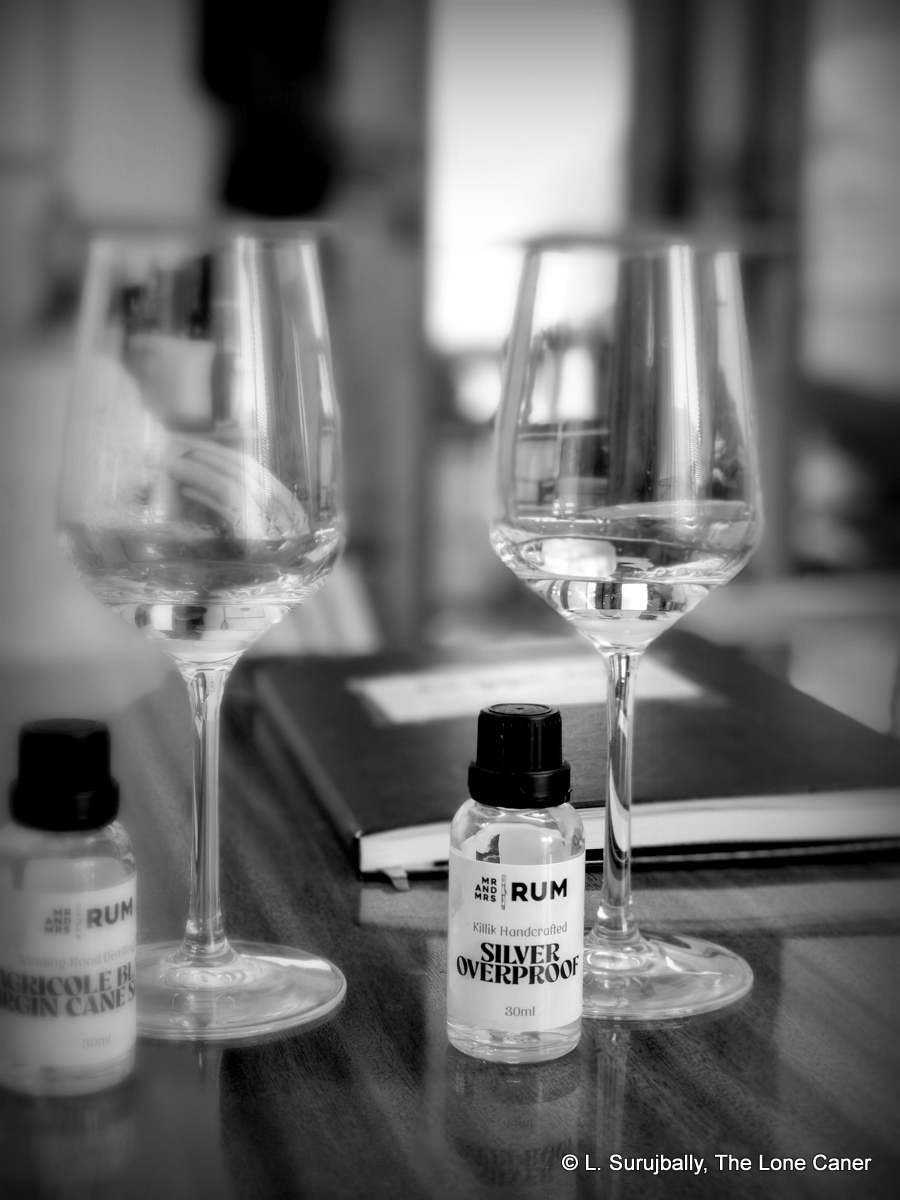
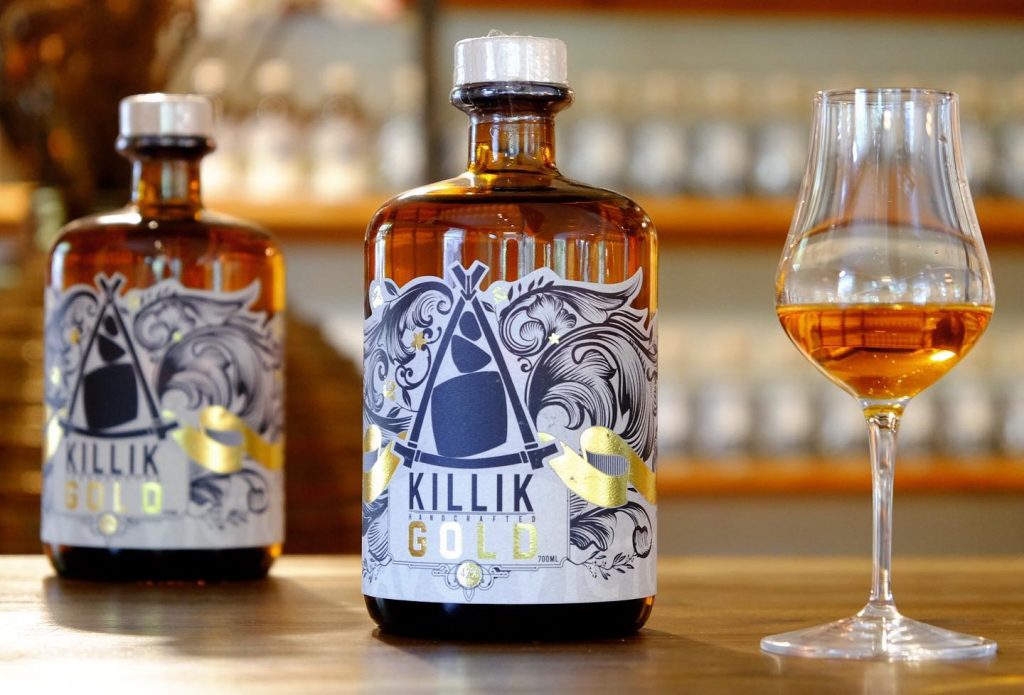
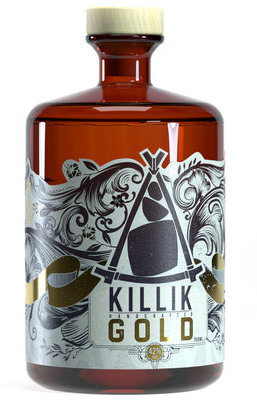
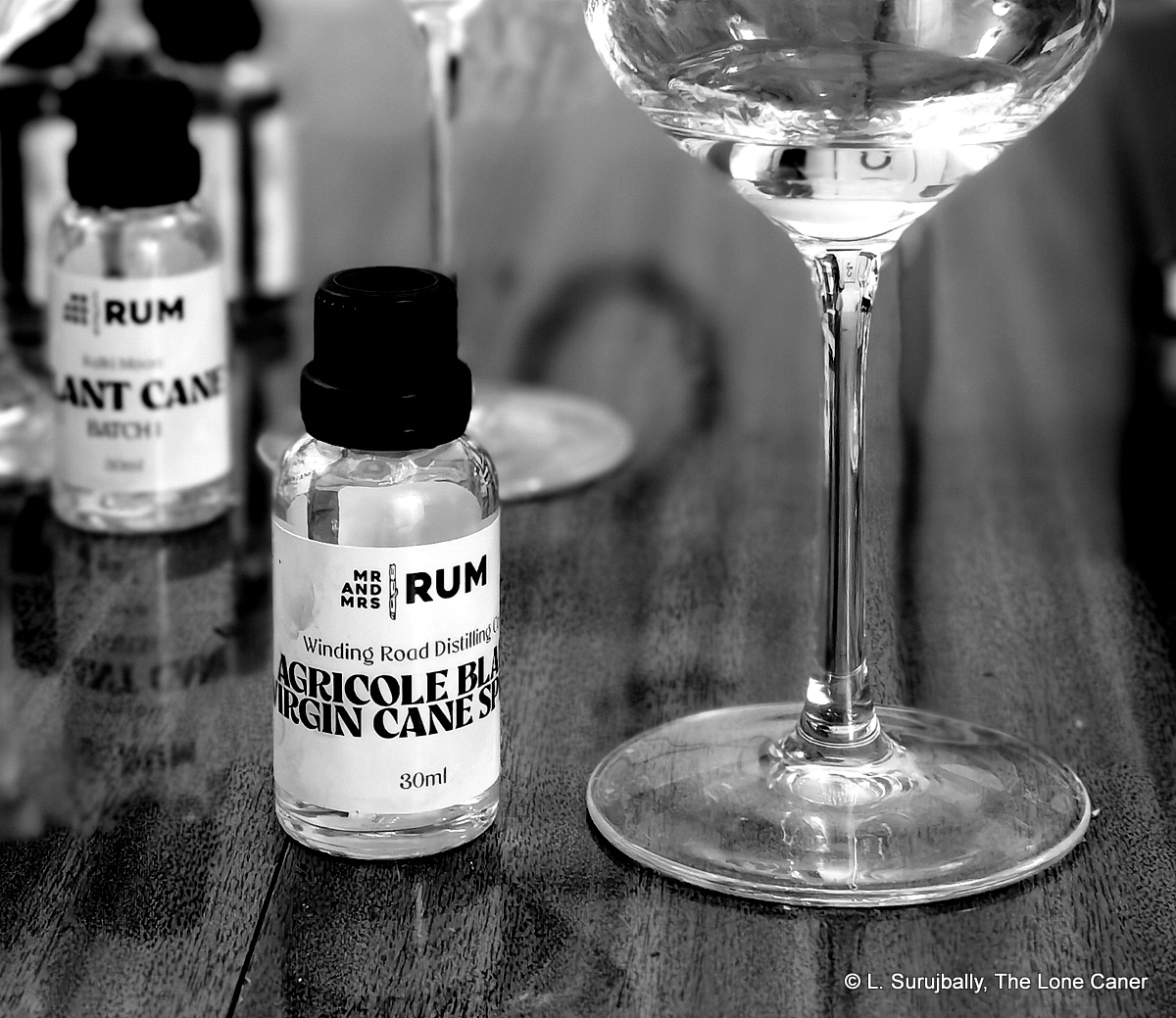
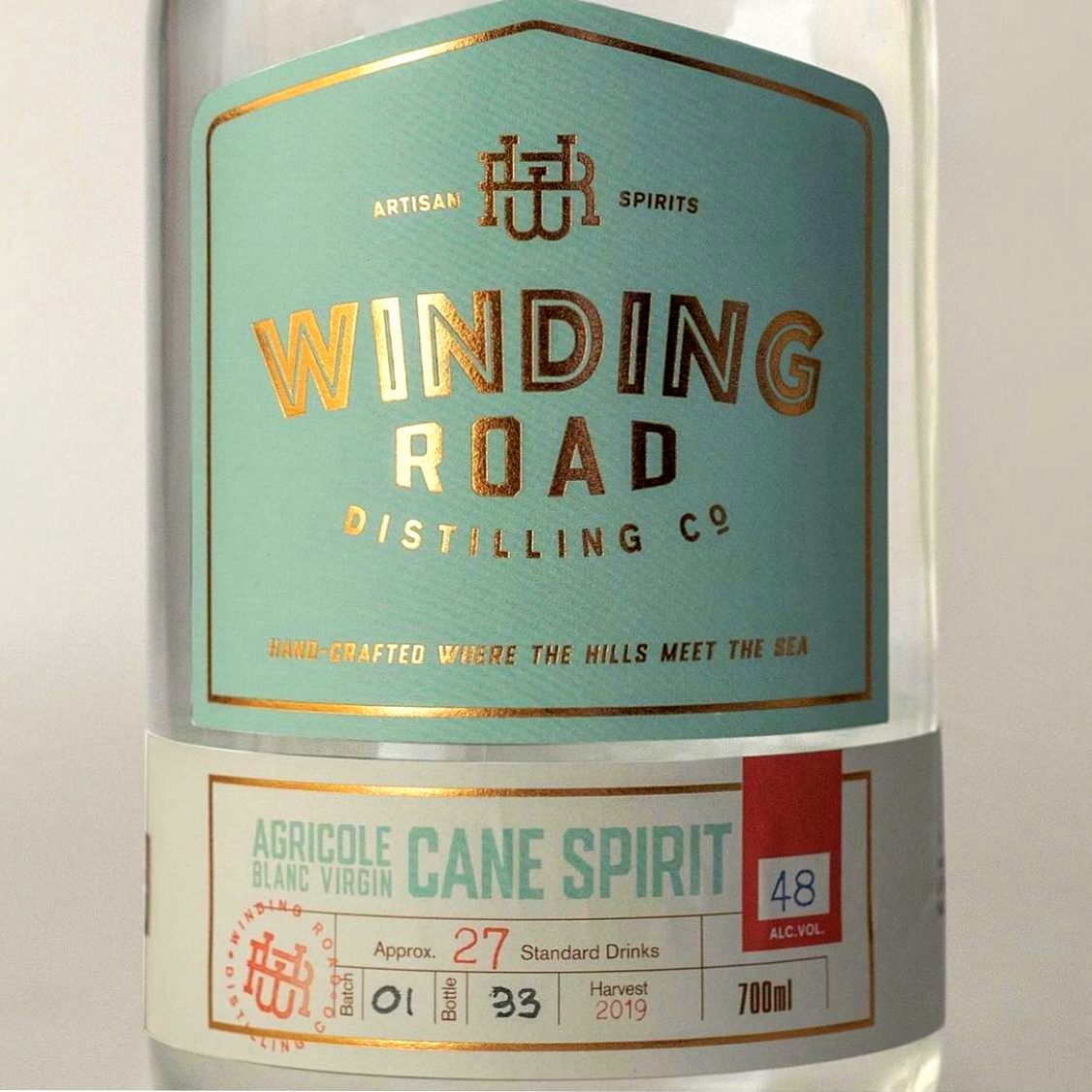
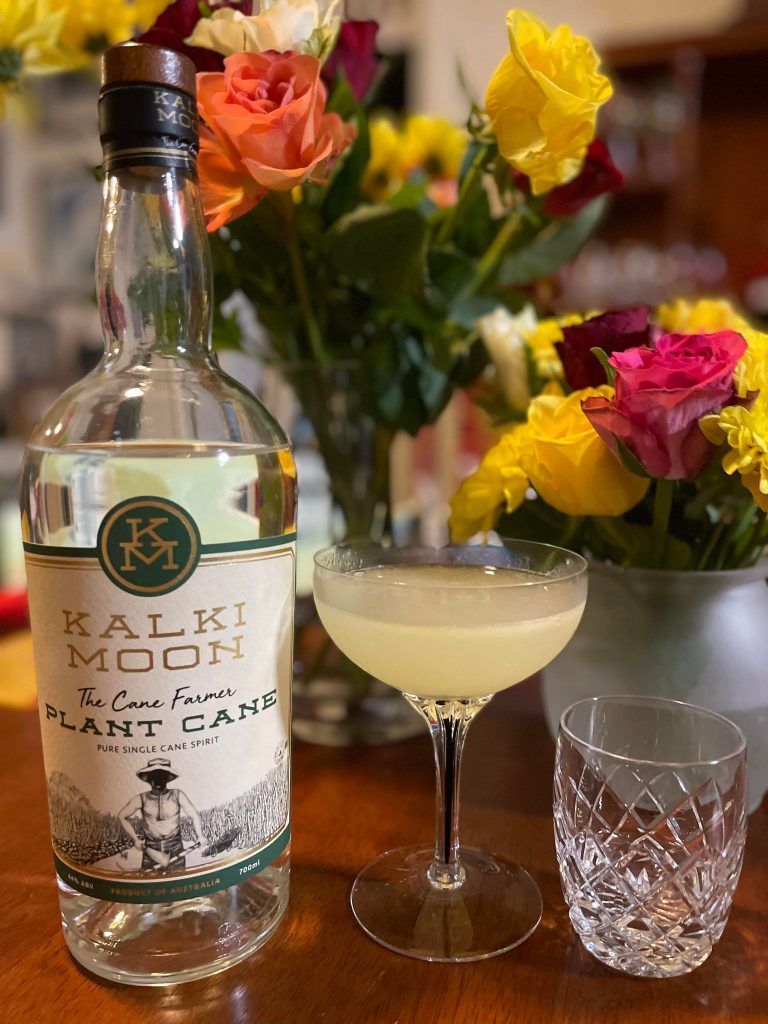

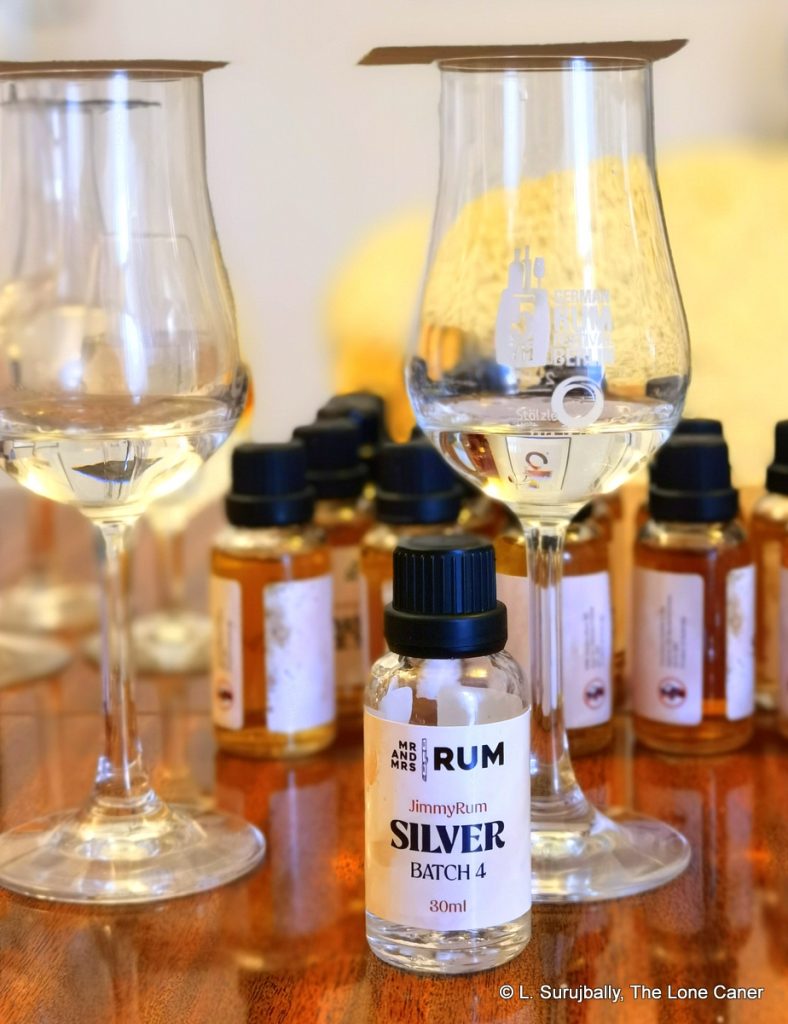
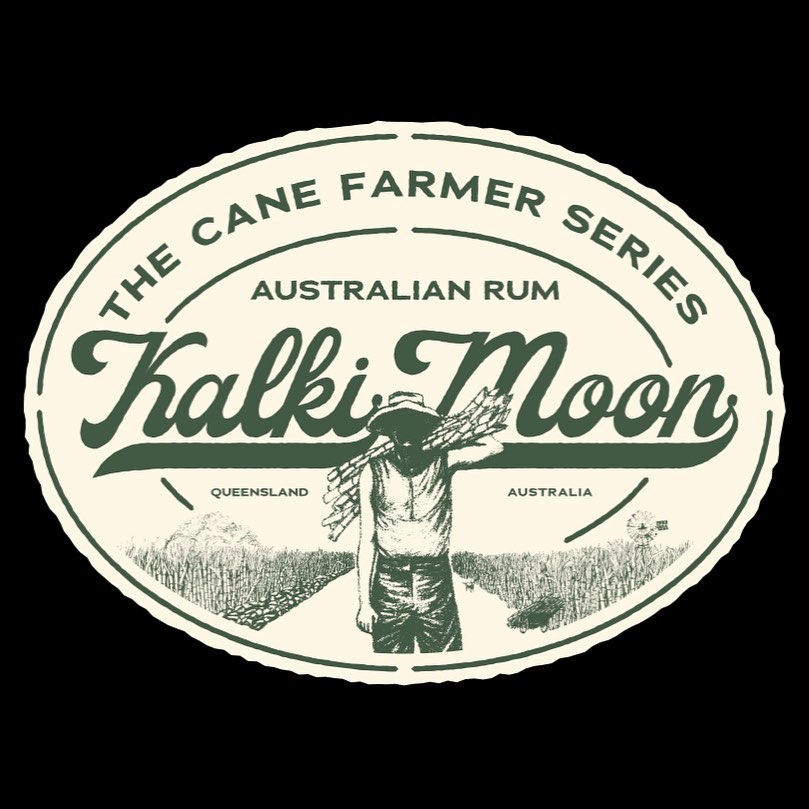
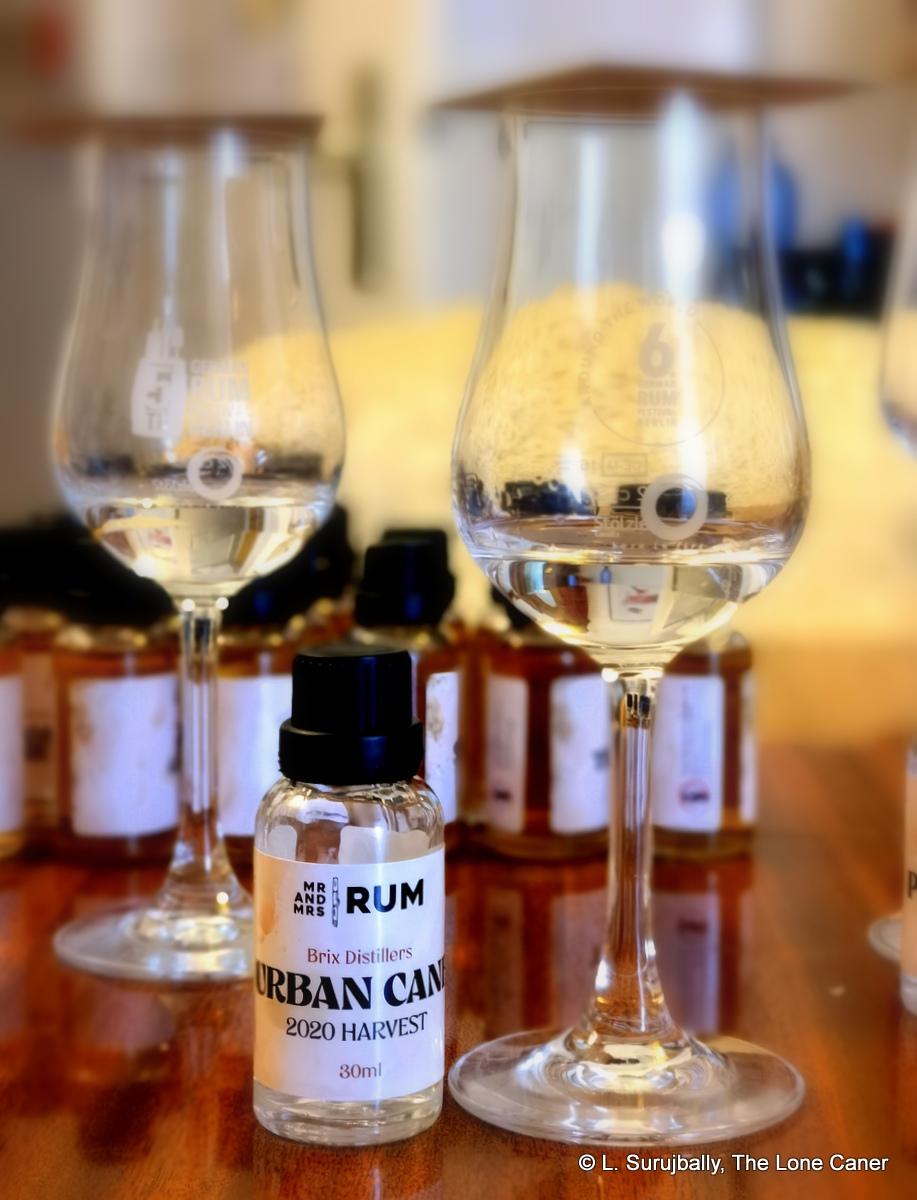
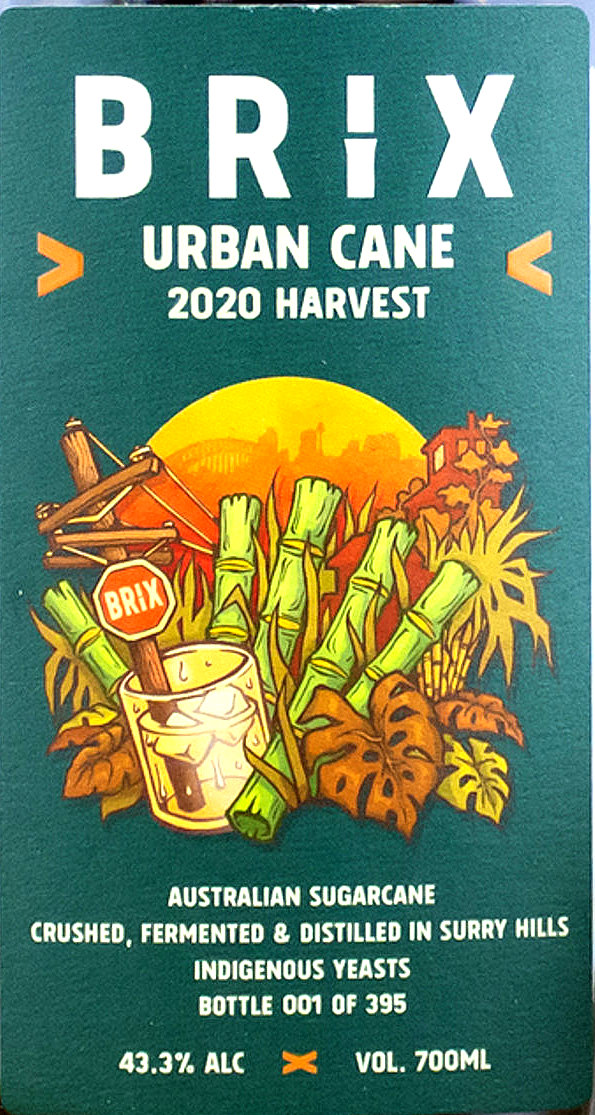
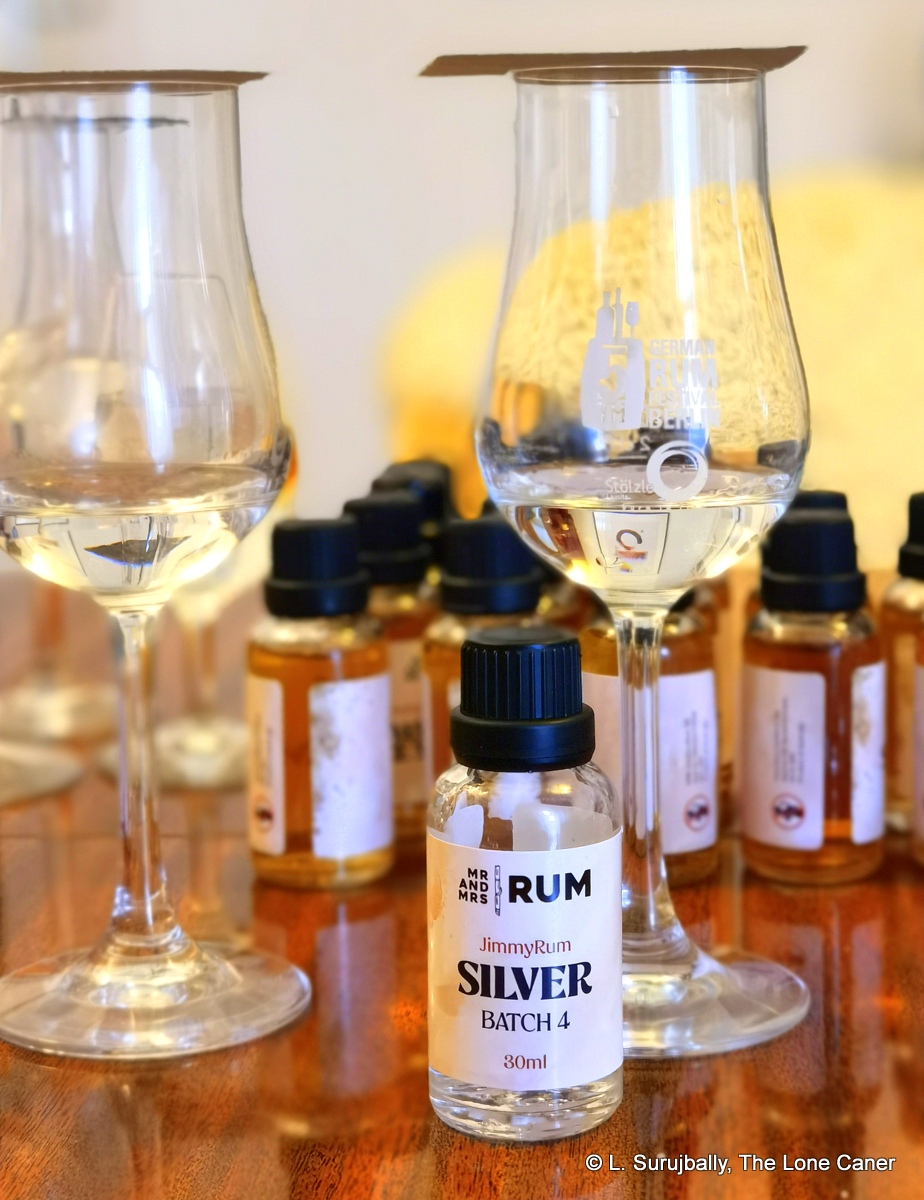
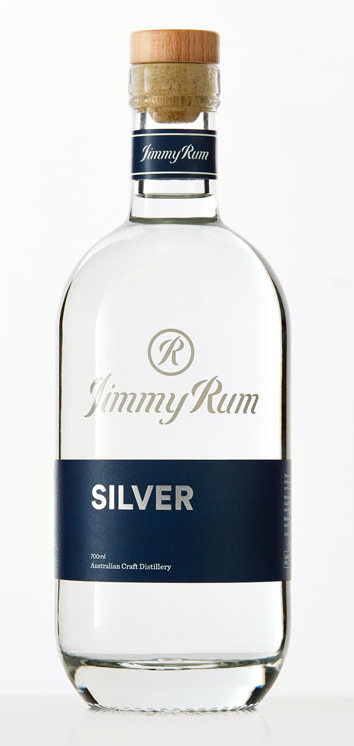
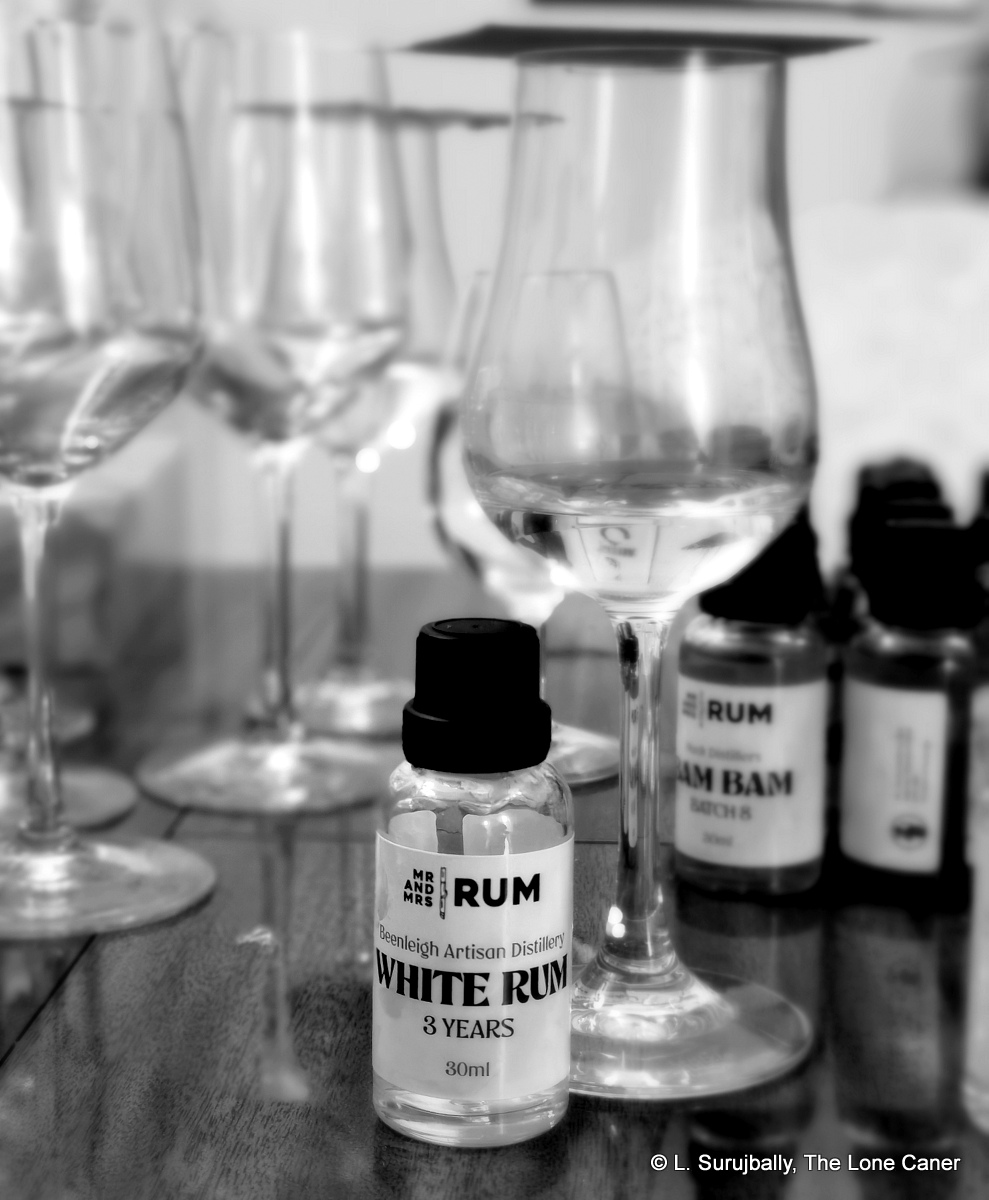

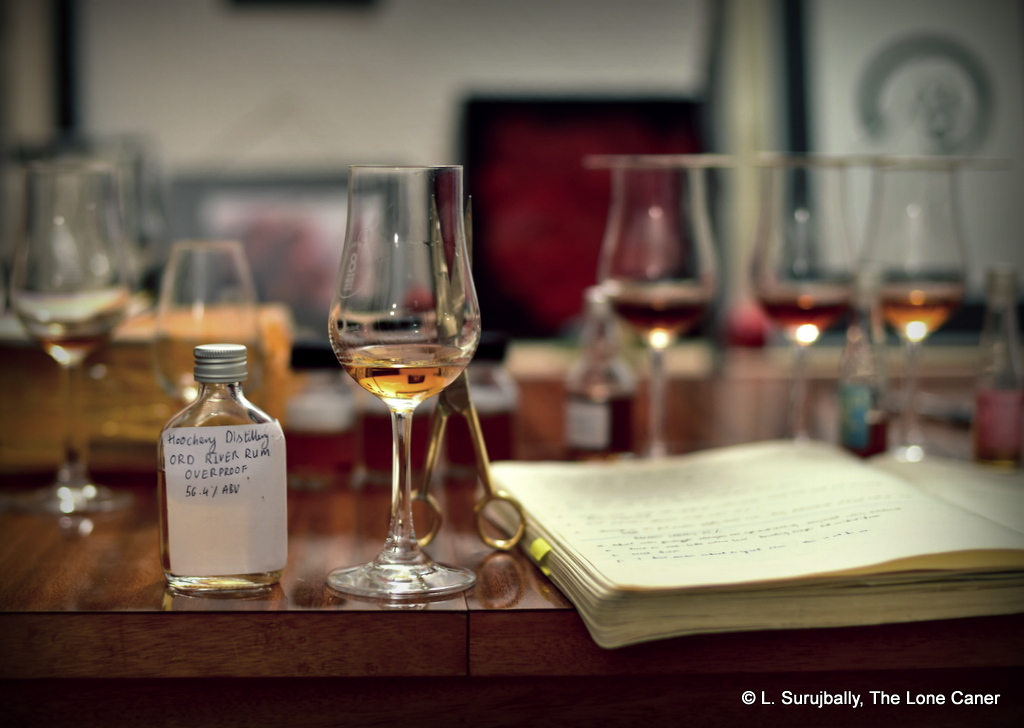
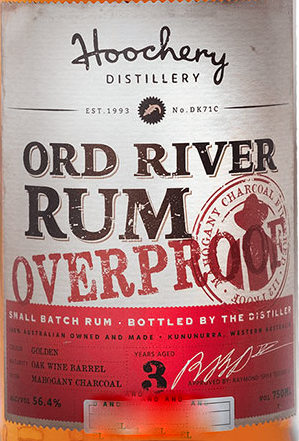 The nose begins with metallic, ashy notes right away, damp cardboard in a long-abandoned, leaky musty house. Thankfully this peculiar aroma doesn’t hang around, but morphs into a sort of soya-salt veggie soup vibe, which in turn gets muskier and sweeter over time; it releases notes of bananas and molasses and syrup, before gradually lightening and becoming – surprisingly enough – rather crisp. White fruits emerge – unripe pears and guavas, green apples, gooseberries, grapes. What’s really surprising is the way this all transforms over a period of ten minutes or so from one nasal profile to another. It’s not usual, but it is noteworthy.
The nose begins with metallic, ashy notes right away, damp cardboard in a long-abandoned, leaky musty house. Thankfully this peculiar aroma doesn’t hang around, but morphs into a sort of soya-salt veggie soup vibe, which in turn gets muskier and sweeter over time; it releases notes of bananas and molasses and syrup, before gradually lightening and becoming – surprisingly enough – rather crisp. White fruits emerge – unripe pears and guavas, green apples, gooseberries, grapes. What’s really surprising is the way this all transforms over a period of ten minutes or so from one nasal profile to another. It’s not usual, but it is noteworthy.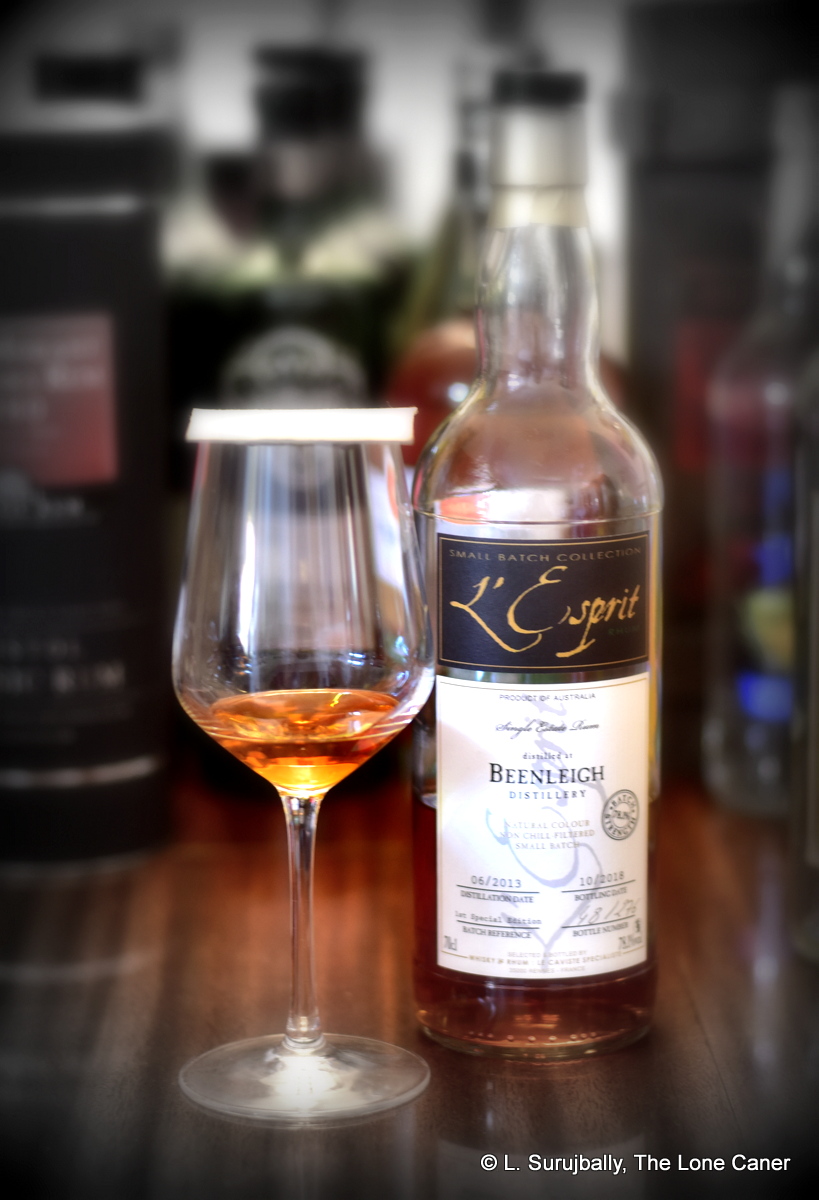 The French-bottled, Australian-distilled Beenleigh 5 Year Old Rum is a screamer of a rum, a rum that wasn’t just released in 2018, but unleashed. Like a mad roller coaster, it careneed madly up and down and from side to side, breaking every rule and always seeming just about to go off the rails of taste before managing to stay on course, providing, at end, an experience that was shattering — if not precisely outstanding.
The French-bottled, Australian-distilled Beenleigh 5 Year Old Rum is a screamer of a rum, a rum that wasn’t just released in 2018, but unleashed. Like a mad roller coaster, it careneed madly up and down and from side to side, breaking every rule and always seeming just about to go off the rails of taste before managing to stay on course, providing, at end, an experience that was shattering — if not precisely outstanding.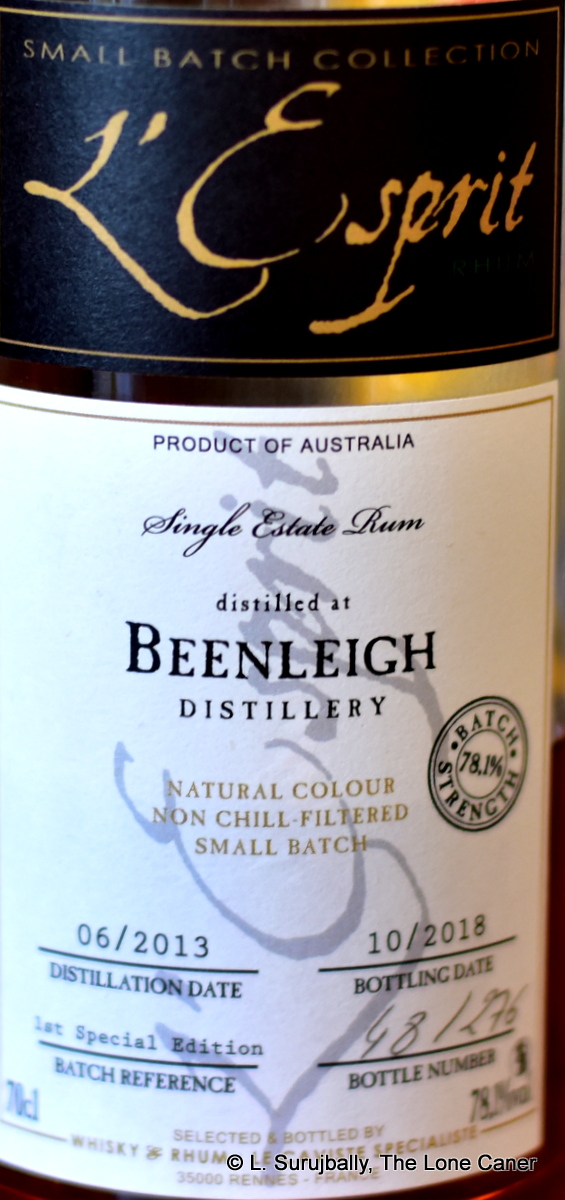 I still remember how unusual the
I still remember how unusual the 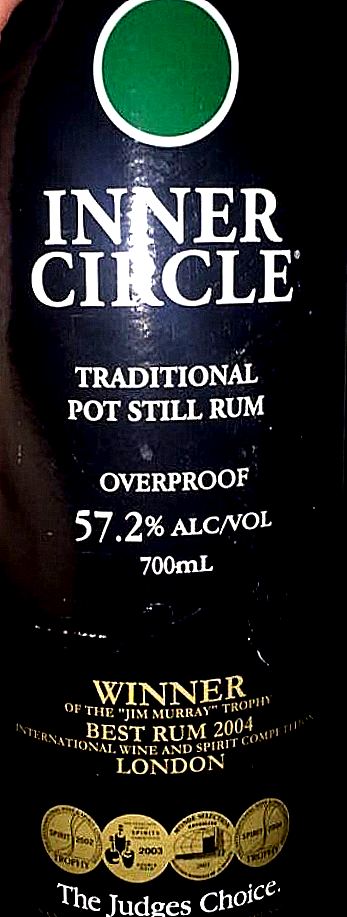 Rumaniacs Review # 096 | 0617
Rumaniacs Review # 096 | 0617